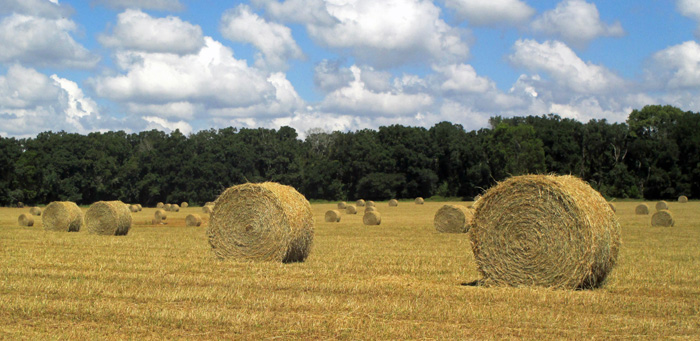by Doug Mayo | Oct 31, 2014
Brad Buck, UF/IFAS Communications & Joao Vendramini, Forage Specialist, Ona RCREC The University of Florida, in partnership with Florida Foundation Seed Producers Inc., has released two new limpograss cultivars so ranchers can increase the forage variety they feed...

by Doug Mayo | Oct 24, 2014
Dennis Hancock, UGA Forage Extension Specialist and SE Hay Contest Coordinator The Southeast Hay Contest celebrated its 10th year in 2014. This contest is a cooperative extension effort of Auburn University, Clemson University, the University of Florida, and the...
by Doug Mayo | Aug 15, 2014
Dr. Henry Grant, County Extension Director, Gadsden County Extension Service Annually, variety recommendations are given to livestock producers for planting cool season grasses such as oats, rye, and ryegrass as a standard to provide winter and spring forage for their...

